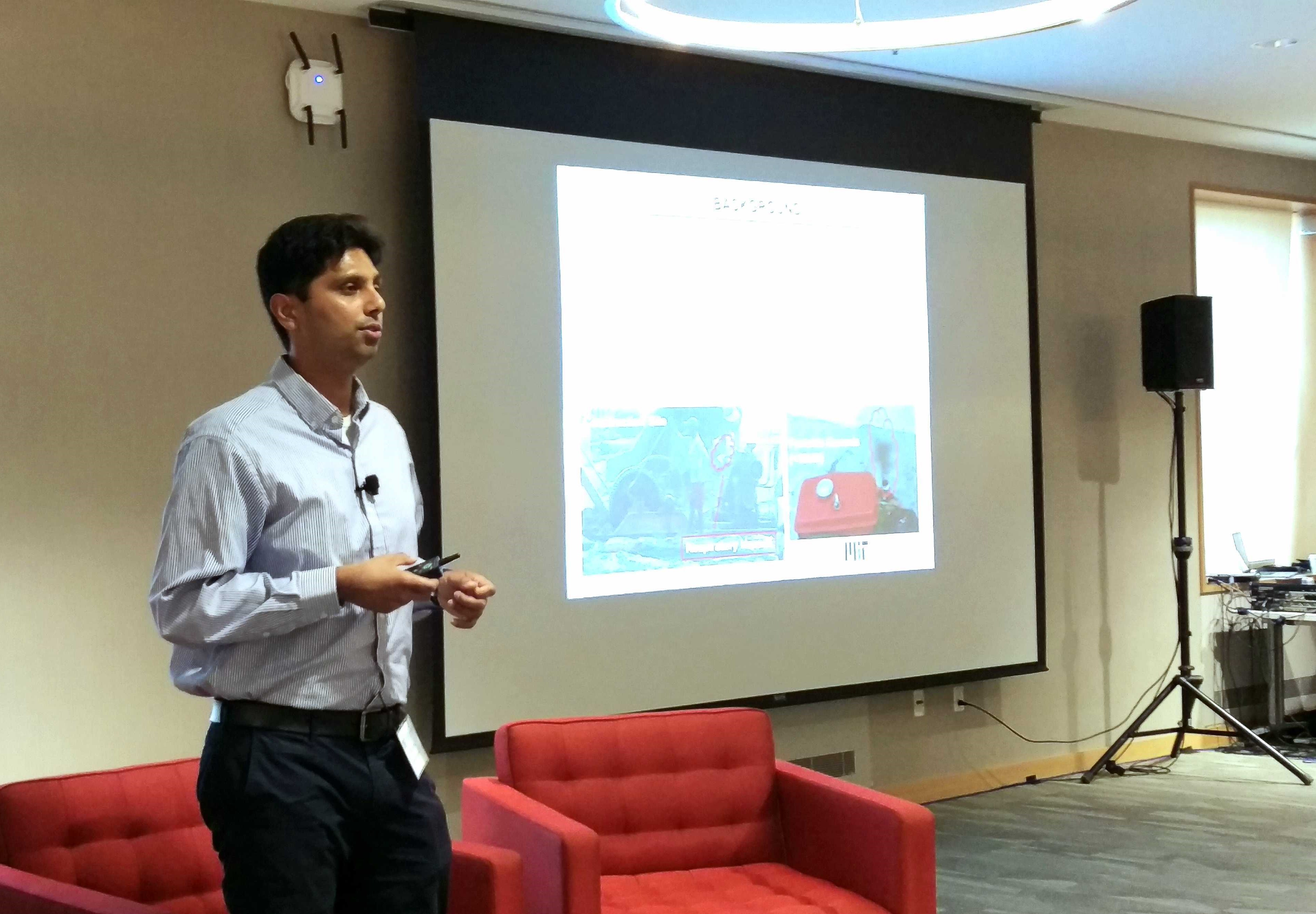Sujay Bagi, PhD

View My LinkedIn Profile
View My Google Scholar
View My Research Lab
I'm a Materials Scientist and a Mechanical Engineer at MIT. My background at the intersection of materials science, mechanical/chemical engineering positions me to understand and efficiently tackle real-world challenges in areas such as crystallization science, materials synthesis, carbon capture, energy storage, techno-economic modelling, automotive emissions, and renewable energy technologies.
Project Overview
• We developed two scenarios using renewable energy sources and nuclear power to achieve 100% decarbonisation by 2080, from the current GHG emissions of ~214K MT CO2.
• Recommendations for PPAs, continuous infrastructure upgrades pertaining to energy-efficient lighting, heating/cooling and estimated CAPEX for scenarios were outlined.
Some of the common GHG reduction strategies that we used in modelling the scenarios are:
Electrification of heating and cooling in stages (first West Campus, then full), which includes steam-
to-hot-water conversion
• GSHP, heat recovery chillers, and radiator insulation during transition from steam to hot water
• Improved building efficiencies
• On-site solar plant
• Summit Farms solar PPA
• New cogeneration plant turbines in 2019 (set to standby in 2040)
• Electrification of campus vehicles and use of biofuels during transition
• Begin tracking Scope 3 emissions
Some short-term urgent recommendations for MIT to reduce GHG emissions:
• Converting the campus from using steam to hot water for heating.
• Installation of heat-recovery chillers
• Installation of geothermal well-field to provide heating and cooling via GSHP (Ground Source Heat Pump)